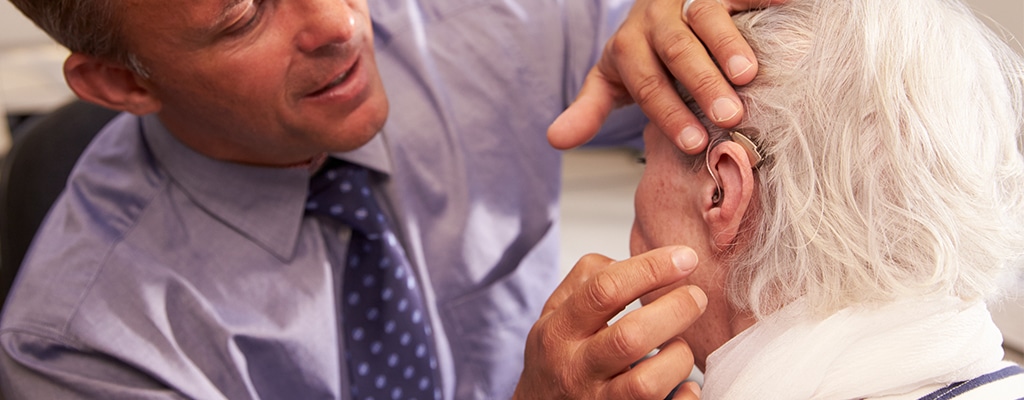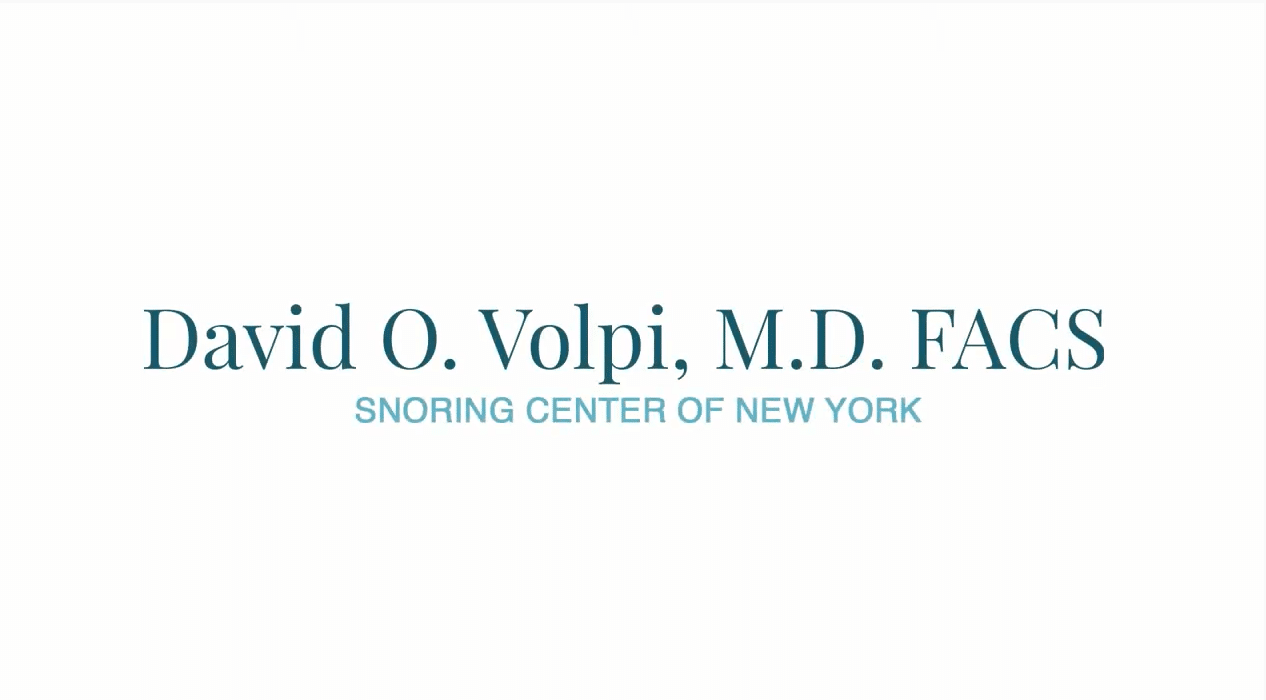
What should I do if I can’t hear well?
If you find that you are having trouble hearing, the first step is to visit a physician, preferably an ear, nose and throat specialist. Many hearing problems can be corrected by a doctor. When hearing loss is accompanied with ear wax buildup, dizziness, drainage, or ear pain, it is especially important to see a specialist immediately, as this could indicate a serious health problem.
If you believe you may need a hearing aid, it is still vital to see an ear, nose and throat specialist to evaluate your condition and the degree of hearing loss. Screening tests that are performed by a hearing aid dealer may not be adequate. By going to a doctor, you will be able to undergo hearing tests to determine the exact type of hearing loss you are suffering from and rule out any other potentially serious health issues related to hearing loss.
Where can I purchase hearing aids?
Under federal regulation, hearing aids can only be sold after the buyer has undergone a physician evaluation, so you will need to visit a doctor, preferably an ear, nose and throat office, prior to purchasing the hearing aids. Adults may also sign a waiver to forego the exam, but it is not recommended.
An ear, nose and throat specialist, such as New York ENT can provide hearing aids that are custom-fit to your personal hearing needs and ear shape. Independent hearing aid dispensers (non-doctors) can also sell hearing aids, but these are generally not customized for your specific condition.
Are there different kinds of hearing aids?
Hearing aids vary in types, and can range in price according to the style and features. Different styles of hearing aids include:
- Behind-the-ear (BTE) hearing aids go over the ear and connect with a tubing and connect to custom-fit ear pieces.
- Open fit receiver-in-the-ear (RITE) aids are a newer design of the BTE that fit over the ear but are nearly invisible.
- In-the-ear (ITE) hearing aids fill the outer portion of the ear, and fit inside the beginning portion of the ear canal.
- Half-shell aids are even smaller than the RITE or ITE hearing aids, and are less visible to others.
- Completely-in-the-canal (CIC) are the smallest and least visible aids, which are located entirely on the inside of the ear.
The best hearing aids for you will depend on your particular hearing loss condition as well as your preference. A doctor with New York ENT can help you to determine the best hearing aids for you.
Will I need a hearing aid in both ears?
If hearing loss is present in both ears, patients should use two hearing aids. It is difficult to hear out of only one ear, especially in a noisy environment.
What are the benefits of using hearing aids?
- Non-surgical
- Custom-fit and comfortable when purchased through an ENT specialist, such as New York ENT
- Improved hearing almost immediately
- No downtime or pain
If you are having difficulty hearing, the first step towards better hearing is to schedule an evaluation with an experienced ear, nose and throat doctor. Board certified physicians with New York ENT have extensive experience providing hearing devices to patients with hearing loss. Fill out the form on this page or call our office at 212-873-6036 to schedule an appointment today.



